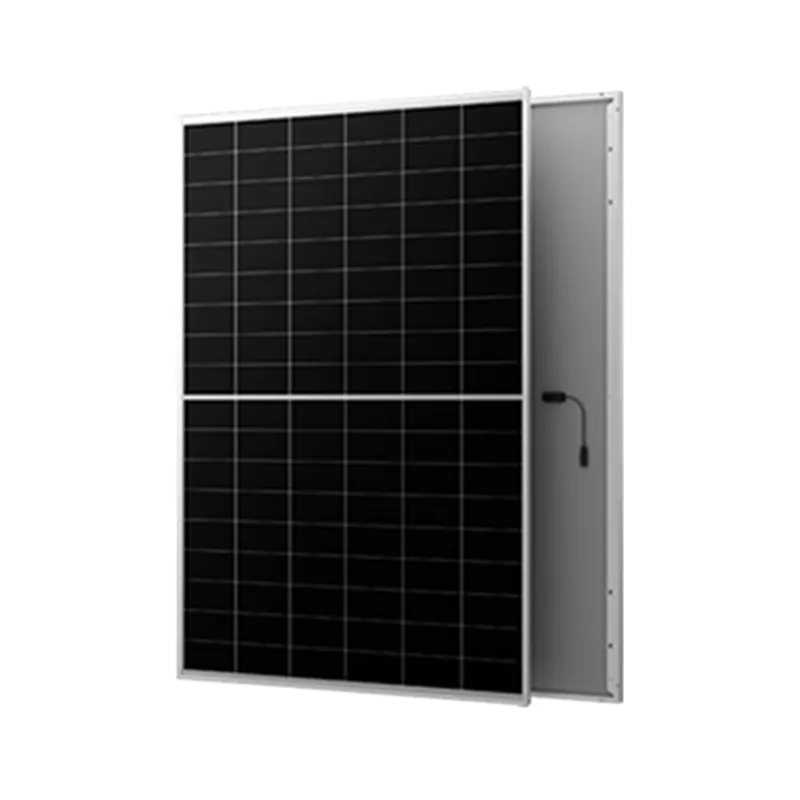China's Solar Inverter Industry Trends and Innovations for a Sustainable Future
The Solar Inverter Market in China A Growing Powerhouse
In recent years, China has emerged as a leading force in the solar energy sector, particularly in the production and development of solar inverters. These devices play a crucial role in solar energy systems, converting the direct current (DC) produced by solar panels into alternating current (AC), which can be used by home appliances or fed into the power grid. As global demand for renewable energy continues to rise, the significance of solar inverters in the renewable energy landscape cannot be overstated, particularly in China.
The Rise of Solar Energy in China
China is the world's largest producer of solar energy, a position it has maintained for over a decade. The country has invested heavily in the development of solar technology, driven by a combination of government policies, decreasing costs, and an urgent need to address air pollution and carbon emissions. According to the National Energy Administration, China's installed solar capacity reached over 300 gigawatts by 2020 and continues to grow at an unprecedented pace.
One of the key components fueling this expansion is the solar inverter market. Inverters are essential for maximizing the output of solar energy systems, and advancements in inverter technology have significantly improved efficiency and reliability. China has positioned itself not only as a major producer of solar panels but also as a leader in inverter manufacturing.
Innovations in Inverter Technology
The Chinese solar inverter market is characterized by continuous innovation and development. Manufacturers are investing in research and development to create inverters that are more efficient, reliable, and user-friendly. Key trends in the industry include the rise of smart inverters, which integrate advanced technology to allow for better monitoring and control of solar energy systems.
Smart inverters are capable of communicating with the electricity grid and other components of the solar system. They can manage energy storage systems and facilitate demand response, which helps to balance energy supply and consumption. This is particularly important in a country like China, where the demand for electricity is rapidly increasing.
solar inverter china

Furthermore, the shift towards microinverters and power optimizers is gaining momentum. Unlike traditional string inverters, which connect multiple solar panels in series, microinverters are installed on each panel, allowing for optimized performance at the individual panel level. This technology enhances energy output, especially in situations where shading or panel orientation may affect the overall system performance.
Competitive Landscape
With the growth of the solar inverter market, competition has intensified among manufacturers. Several prominent Chinese companies, such as Huawei, Sungrow, and Ginlong Technologies, have established themselves as global leaders. These companies not only dominate the domestic market but are also making significant inroads into international markets, capitalizing on their technological advancements and cost-effective production capabilities.
Huawei, for instance, has leveraged its expertise in telecommunications to develop highly efficient solar inverters that are equipped with smart features. Sungrow, on the other hand, is well-known for its versatile product lineup, catering to various applications, from residential systems to large-scale solar farms.
Challenges and Outlook
Despite the impressive growth of the solar inverter industry in China, challenges remain. The market is influenced by fluctuating raw material prices, regulatory changes, and competition from foreign manufacturers. Additionally, as the solar market matures, manufacturers must focus on ensuring product reliability and support services to meet customer expectations.
Looking ahead, the prospects for the solar inverter market in China remain bright. As the government continues to promote renewable energy and aims for carbon neutrality by 2060, the demand for solar energy—and, consequently, solar inverters—is expected to grow. Manufacturers are expected to continue innovating to meet the evolving needs of consumers and the energy market.
In conclusion, the solar inverter market in China is an integral part of the nation’s solar energy revolution. With cutting-edge technology, a robust competitive landscape, and strong government support, the future of solar inverters looks promising, allowing China to further solidify its position as a global leader in renewable energy. The ongoing advancements in this sector will not only benefit the local market but also contribute significantly to the global transition towards sustainable energy sources.
-
String Solar Inverter: The High-Efficiency Solution for Smart Solar EnergyNewsJul.14,2025
-
Revolutionizing Rooftop Energy with the Power of the Micro Solar InverterNewsJul.14,2025
-
Power Independence with Smart Off Grid Solar Inverter SolutionsNewsJul.14,2025
-
On Grid Solar Inverter: Powering the Future with Smart Grid IntegrationNewsJul.14,2025
-
Monocrystalline Solar Panels: High-Efficiency Power for the Future of Clean EnergyNewsJul.14,2025
-
Bifacial Solar Panel: A Smarter Investment for Next-Generation Energy SystemsNewsJul.14,2025







